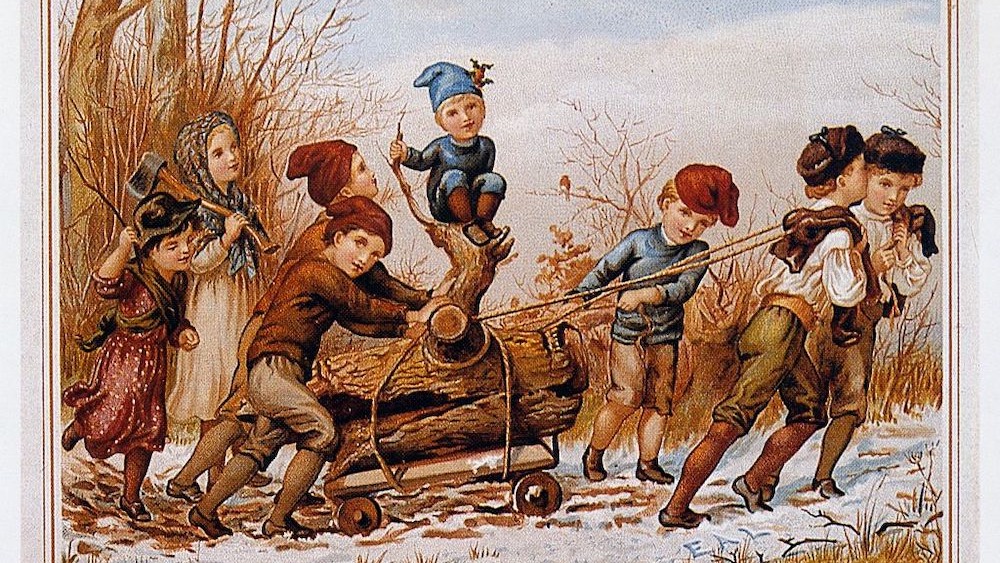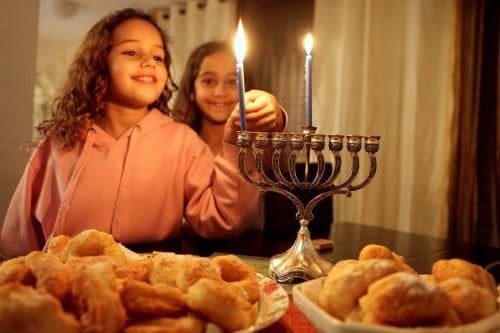Winter has long been a season of reflection, renewal, and celebration. In the United States today, holidays like Christmas, Hanukkah, and New Year’s fill the coldest months with light, joy, and togetherness. Yet, many of these beloved traditions have roots that reach deep into ancient civilizations. Long before modern religions and nations formed, people across the world honored the winter solstice, the turning point when darkness begins to fade and the sun slowly returns.
From Rome’s Saturnalia to the Norse Yule, these festivals celebrated themes of light, harvest, hope, and community. Over time, their rituals, gift-giving, feasting, decorating evergreens, and lighting candles, evolved into the customs that now define America’s winter holiday season.
Check Out: List of Top 7 Famous American Freedom Fighters and Reformers
8 Ancient Festivals That Inspired Winter Holidays in the U.S.
Here are the list of 8 ancient festivals that inspired winter holidays in the U.S. along with the origin and approximate dates:
| Rank | Festival Name | Origin / Civilization | Approximate Date / Period |
| 1 | Saturnalia | Ancient Rome | December 17–23 (around 2nd century BCE) |
| 2 | Yule | Ancient Scandinavia (Norse) | Around December 21 (Winter Solstice) |
| 3 | Dongzhi Festival | Ancient China | December 21–22 (Winter Solstice) |
| 4 | Sol Invictus | Ancient Rome | December 25 (established in 274 CE) |
| 5 | Hanukkah | Ancient Judea (Israel) | Kislev 25 – Tevet 2 (usually December) |
| 6 | Kalends | Ancient Rome | January 1 (Roman New Year) |
| 7 | Soyal | Native American (Hopi Tribe, USA) | Around December 21 (Winter Solstice) |
| 8 | Alban Arthan | Ancient Celts (British Isles) | Around December 21 (Winter Solstice) |
1. Saturnalia (Ancient Rome)

Saturnalia was one of the most popular holidays of ancient Rome, held in December in honor of Saturn, the god of agriculture. People would celebrate by feasting and exchanging gifts and would briefly reverse their social roles and relationships with their masters and slaves.
Homes would be decorated with greenery and candles, creating an ambiance of joy. The practices of merriment, generosity, and celebrations established during this festival shaped many of the modern ways society celebrates Christmas.
2. Yule (Ancient Scandinavia)

Yule was a Norse festival to mark the winter solstice and celebrate the return of the sun, a light in the darkness. Families gathered to light a large Yule log, and celebrated with a feast lasting several days. Families decorated their homes with evergreens to symbolize life and hope during the dark days of winter.
The word "Yuletide" is still echoed in Christmas songs today. Many of the ways people decorate their trees and celebrate with feasts growing out of the ancient and long celebrated ways of Yule.
3. Dongzhi Festival (Ancient China)

The Dongzhi festival, meaning "arrival of winter," celebrates the longest night of the year and the return of sunlight after the Dongzhi festival, brings families together over warm expressions of goodness in their home, which in Chinese cultural philosophy, refers to harmony and balance in life (yin yang).
Families will gather together sharing dishes of tangyuan (sweet rice balls) which are eaten for the purpose of unifying their lives in the home and have harmony present in the family. While distinct from many Western Holidays, like Christmas, it deals with warmth, togetherness and even the return of light over darkness, similar to many celebrations in the U.S. in the winter.
4. Sol Invictus (Ancient Rome)

The Roman holiday of Sol Invictus, or “The Unconquered Sun,” was celebrated on December 25 to commemorate the return of the sun god after the longest night of the year. Emperor Aurelian instituted the festival in 274 CE in order to spread the hope that light would always overcome darkness.
Subsequently, in the centuries that followed, early Christians began to adopt the same date for Christmas. Such a juxtaposition of pagan and religious symbolism was the grounds for a unified winter celebration based on renewal and light.
5. Hanukkah (Ancient Judea)

Hanukkah, the Jewish Festival of Lights, honors the rededication of the Second Temple in Jerusalem and the miracle that one day’s worth of oil lasted for eight days. Each night, candles are lit on the menorah to demonstrate the resiliency of the Jewish people and the faith that the oil would last.
While different from Christmas in many ways, the focus on light during the darkest days of winter reminds us of similar themes among several ancient traditions that speak to the ideas of resilience, warmth, and hope, which have now come to be associated with winter holidays in modern times.
Conclusion
In the United States today, the winter holidays, from Christmas and Hanukkah to New Year’s Eve, are embedded in ancient traditions. The religious meanings differ, but the themes are the same, including: light overcoming dark, renewal, generosity, and community. Whether a candle, a tree, or a meal, we still practice the same perennial rhythms that ancient civilizations celebrated: warmth and light returning after the longest nights.
Comments
All Comments (0)
Join the conversation